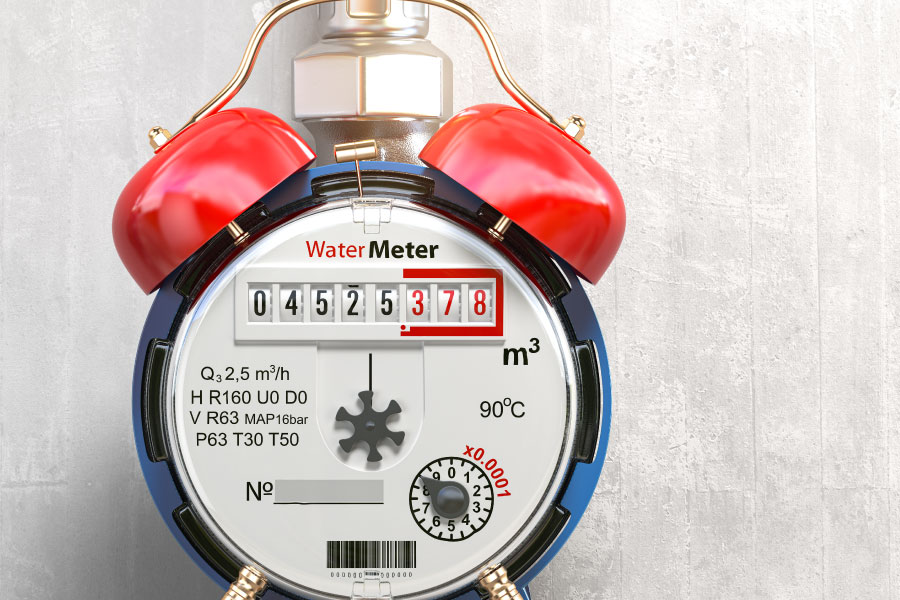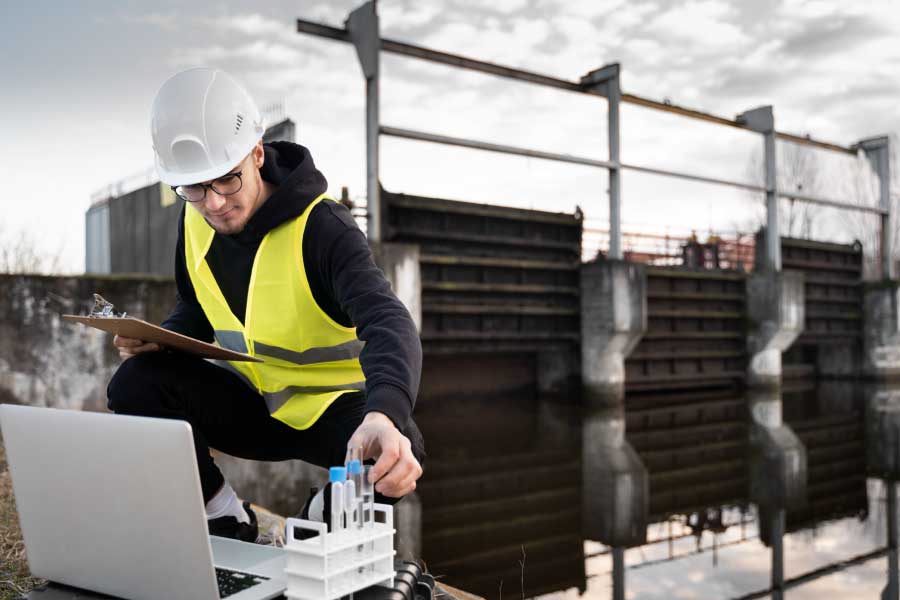
Combating water scarcity: 5 Methods to desalinate seawater

Hello, friend
Would you like to know your daily water consumption? Click here:
Desalinating seawater is feasible. Take a look at these methods
In a world where fresh water is becoming increasingly scarce, desalinating seawater emerges as a viable alternative to guarantee access to this vital resource.
What is seawater desalination?
Water desalination is the process of removing salt and other dissolved minerals from seawater or brackish water, transforming it into water suitable for human consumption, irrigation or industrial uses.
What methods exist to desalinate seawater?
There are various technologies such as reverse osmosis, distillation, electrodialysis and other methods, each with its own advantages and disadvantages in terms of efficiency, cost and energy consumption.
Below, we will explain the most common methods, highlighting their advantages and disadvantages.
1. Reverse Osmosis
Reverse osmosis works by forcing seawater through a semi-permeable membrane under high pressure, which separates the water molecules from the salt.
ADVANTAGES:
- High efficiency: Able to remove up to 99% of dissolved salts.
- Water quality: Produces high quality water suitable for human consumption and industrial uses.
DISADVANTAGES:
- High energy consumption: Requires high pressure to operate, which implies significant energy consumption.
- Water waste: Produces a saline reject stream that needs to be properly managed.
2. Freezing
This process seeks to cool seawater to extremely low temperatures, causing the pure water to freeze. The ice crystals are then separated from the concentrated brine, resulting in fresh water.
ADVANTAGES:
- High purity: The ice formed is almost pure water, with few impurities.
- Ecological: It does not use chemical products and does not produce saline residues.
DISADVANTAGES:
- High cost and complexity: Technically complex and expensive process in terms of energy and equipment.
- Scalability: Not suitable for large-scale desalination.
3. Electrodialysis
This is a method where electricity is used to separate salt ions from seawater. An electric current is applied between two electrodes, attracting the salt ions to one and allowing the pure water to pass through to the other.
ADVANTAGES:
- Efficient for low to moderate salinity water: Ideal for brackish water desalination.
- Lower energy consumption: Compared to reverse os mosis for moderate salinity water.
DISADVANTAGES:
- Limitations in high salinity: Less efficient for seawater with high salinity.
- Membranecost: Requires frequent replacement of membranes, which can be costly.
YOU MAY BE INTERESTED IN: 5 water-saving devices needed in your home.
4. Nanofiltration
A process that falls between reverse osmosis and ultrafiltration in terms of its separation capacity, it offers significant advantages over other traditional methods. This method causes seawater to pass under pressure through membranes, allowing water molecules and some low molecular weight solutes to pass through, while retaining most dissolved ions, such as sodium and chloride.
ADVANTAGES:
- Selectivity: Effective in removing certain salts and organic compounds.
- Lower pressure: Requires less pressure and energy than reverseosmosis.
DISADVANTAGES:
- Limitation in salt removal: It does not remove all dissolved salts, so it is not ideal for seawater with high salinity.
5. Distillation
This method mimics the natural water cycle. Seawater is heated to boiling point, which generates steam that subsequently condenses into fresh water. The salt is left behind in the original container.
ADVANTAGES:
- Reliability: Proven and stable technology with long service life.
- High capacity: Ideal for large desalination plants.
DISADVANTAGES:
- High energy consumption: Especially thermal, which can be costly.
- Operational complexity: Requires highly trained personnel for operation and maintenance.
What is the most common method used to desalinate seawater?
Of all the methods mentioned, reverse osmosis (RO) is the most widely used worldwide. Reasons for its popularity include:
- High efficiency and effectiveness: Ability to remove a broad spectrum of contaminants and dissolved salts, producing high quality water.
- Scalability: Can be adapted from small local plants to large industrial facilities.
- Technological innovation: Continuous advances in materials and technology have reduced operating costs and increased energy efficiency.
In the near future, seawater desalination will most likely become a crucial source of drinking water for millions of people around the world. However, there is still a lot of research to be done and technology to be advanced to improve the different methods of desalinating seawater.






